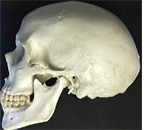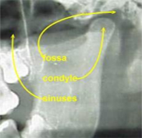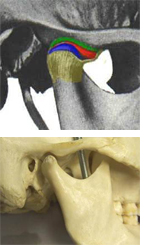What is TMJ - Temporo-mandibular Joint?
What is TMD - Temporo-mandibular Dysfunction?
TMD Treatment - What helps?

Contact:
Fon:
Email:
rezeption@dr-strohkendl.deOpening hours:
MON and WED 11am to 8pmTUE and THU 7am to 4pm
FRI 7am to noon
Social media:
How you can approach us:
You can find Dr. Strohkendl MSc. in the industrial zone in Stuttgart VaihingenFrequent symptoms:
- compression of the teeth
- grinding
- clicking noise in the joint
- handicaped mouth opening
- pain in the joint
- headache
- neck pain
- ear noise (tinnitus)
- shoulder pain
- back pain
- dizziness
- migraine
- trigeminus neuralgia



